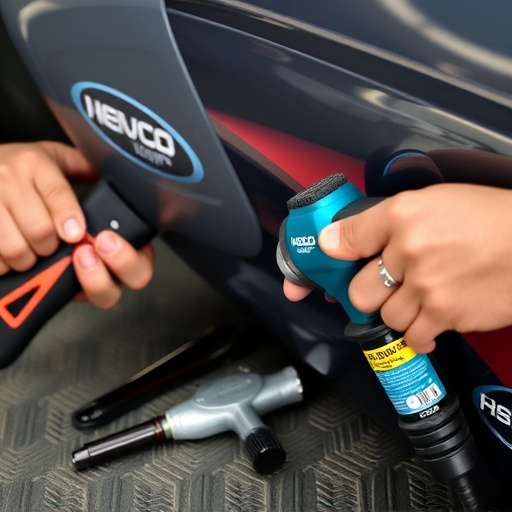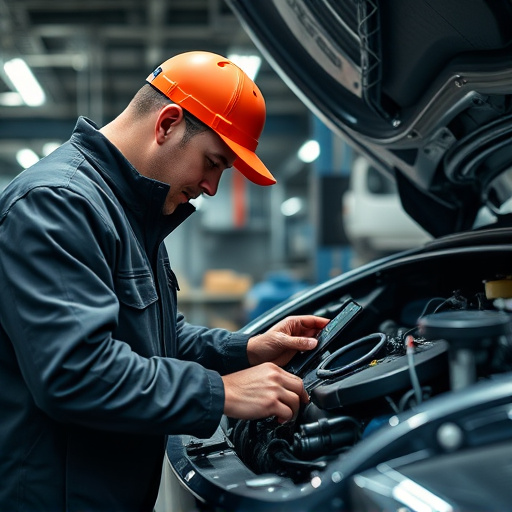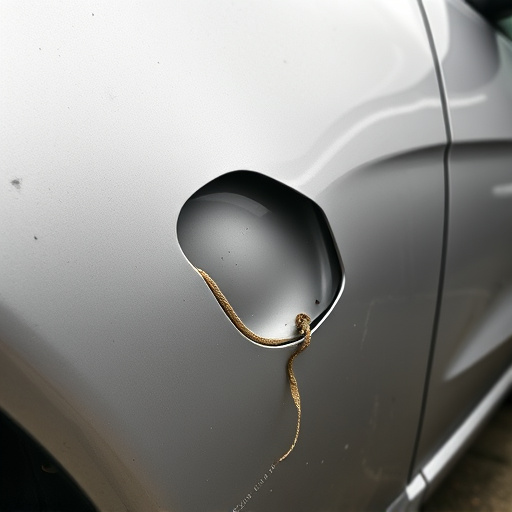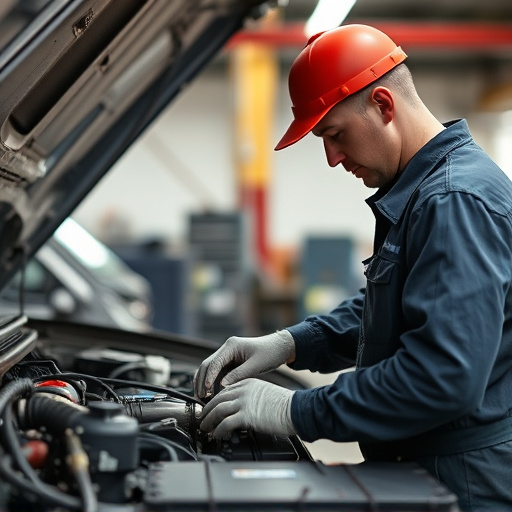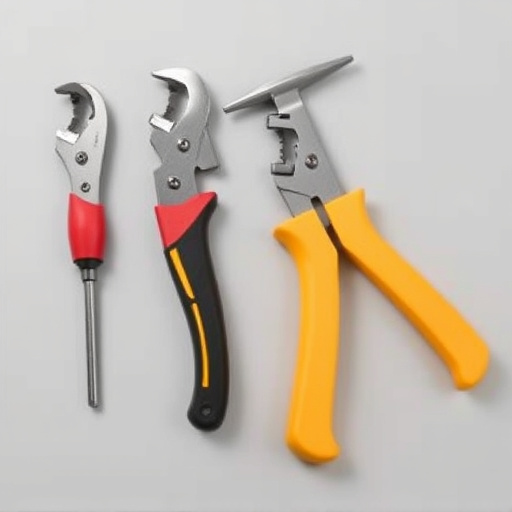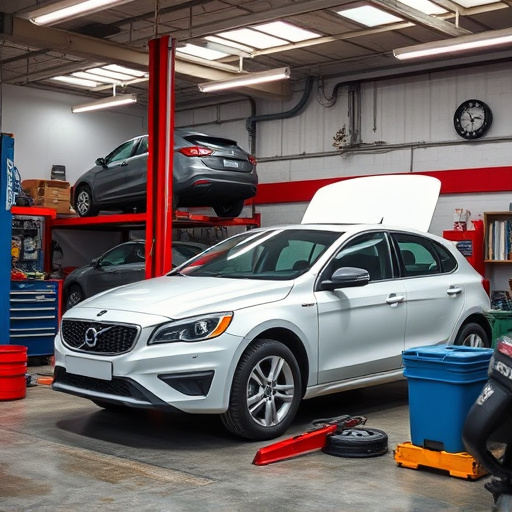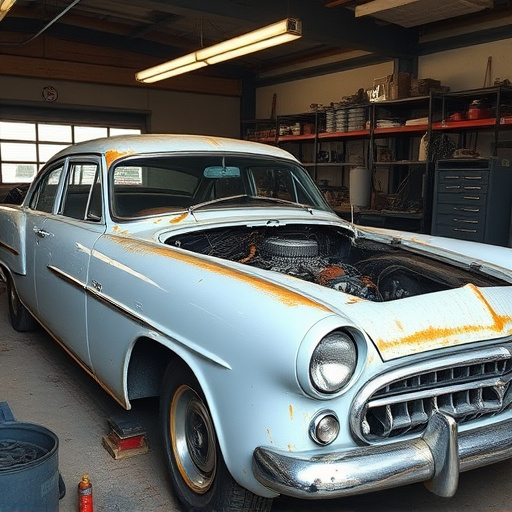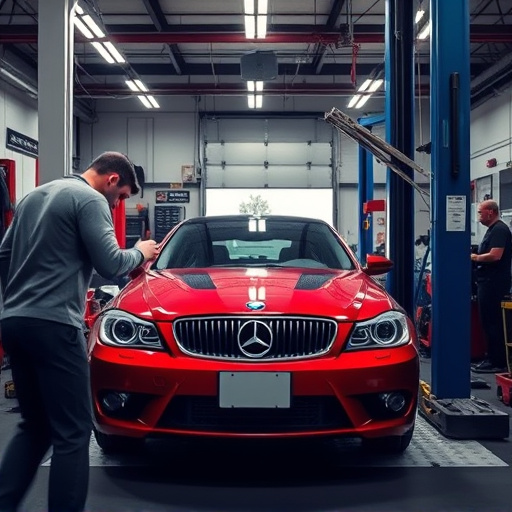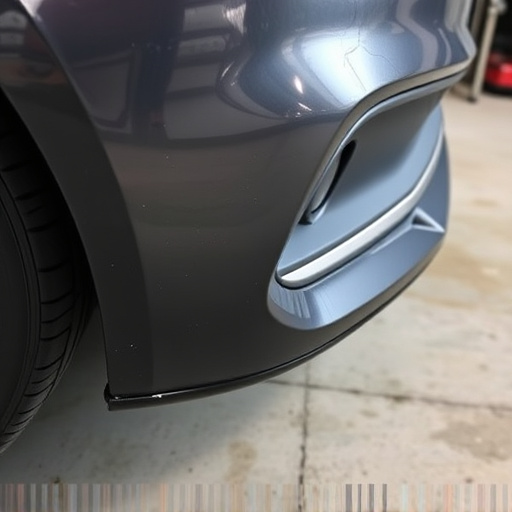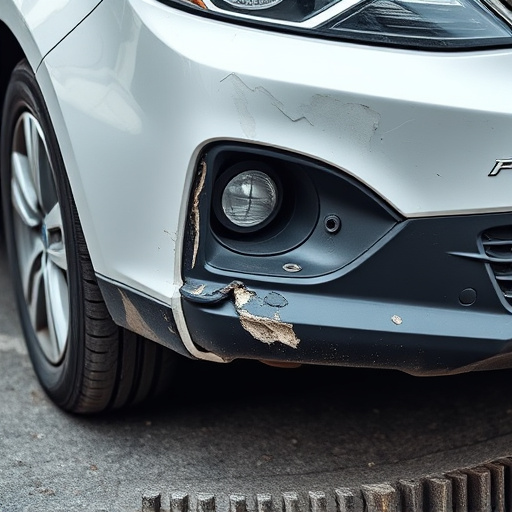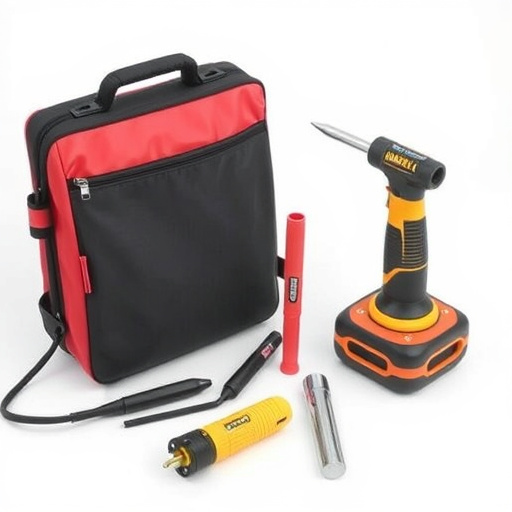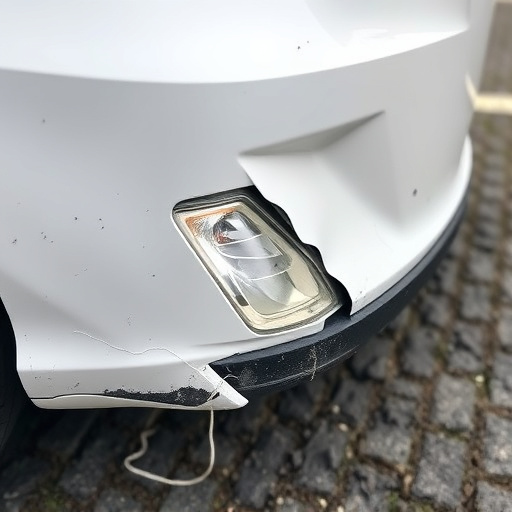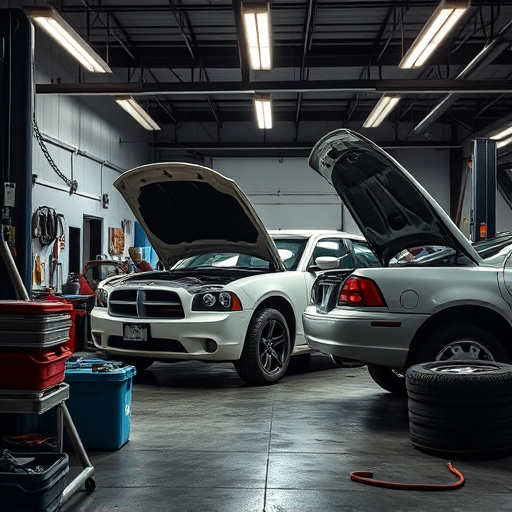Post-collision, exhaust system damage goes beyond visible cracks. Hidden weaknesses in pipes, hangers, and connectors pose safety risks, affect fuel efficiency, and increase emissions. Reputable collision repair centers use specialized tools for accurate diagnosis and prompt repairs to maintain vehicle performance and prevent costly future issues. Regular maintenance and early expert intervention crucial for exhaust system collision repair.
In the event of a collision, an exhaust system is often overlooked yet crucial for vehicle safety. To avoid costly repairs and ensure optimal performance, understanding exhaust system damage is key. This article provides essential tips, including assessing damage beyond visible cracks, emphasizing professional repair, and highlighting common weak points. By following these guidelines, you can prevent exhaust system collision repair issues and maintain a safe, efficient vehicle.
- Assess Damage Beyond Visible Cracks
- Prioritize Professional Exhaust System Repair
- Understand Common Weak Points & Prevention
Assess Damage Beyond Visible Cracks

After a collision, it’s crucial to assess damage beyond visible cracks in your vehicle. While some exhaust system components might look intact at first glance, internal damage could have occurred, especially if the impact was significant. A qualified mechanic should thoroughly inspect the entire exhaust system, including pipes, hangers, and connectors, for any signs of stress or weakness. They can use specialized tools to detect cracks or distortions that may not be apparent to the untrained eye.
Considering the vital role the exhaust system plays in vehicle performance and safety, it’s essential to address any issues promptly. Ignoring hidden damage could lead to further complications down the line, such as reduced fuel efficiency, increased emissions, or even a potential failure of other related components. Therefore, if you’ve been in an accident, take your vehicle to a reputable collision repair center specializing in exhaust system collision repair and tire services to ensure comprehensive and safe autobody repairs.
Prioritize Professional Exhaust System Repair
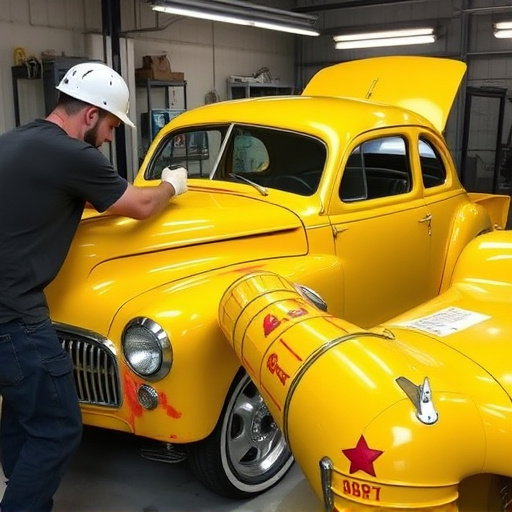
After a collision, it’s crucial to prioritize professional exhaust system repair. While some minor dents or scratches might be easily fixable, exhaust systems are complex components that play a vital role in vehicle performance and safety. A damaged exhaust system can lead to reduced engine efficiency, increased noise levels, and even pose a risk to drivers due to the potential for leaks and fire hazards. Therefore, it’s essential to have a qualified technician assess the damage and perform necessary repairs as soon as possible.
Turn to a reputable collision center or vehicle body shop specializing in car bodywork services. They possess the expertise and specialized tools required to accurately diagnose exhaust system issues and offer effective solutions. By entrusting your vehicle’s exhaust system repair to professionals, you ensure that the job is done right, minimizing the risk of future problems and maintaining optimal vehicle performance.
Understand Common Weak Points & Prevention

Exhaust systems are crucial components of any vehicle, but they’re also particularly vulnerable to damage during collisions. Understanding common weak points is the first step in preventing exhaust system collision repair needs. The most susceptible parts include the muffler, pipes, and hangers, which often bear the brunt of impact due to their exposure and vital role in gas expulsion. Regular maintenance can significantly reduce these risks, ensuring that hangers are secure and pipes are free from rust or damage.
One effective preventive measure is addressing issues promptly after a minor incident like a fender bender. Even what seems like minimal damage can lead to weakened structures, especially if left unattended. An auto collision center’s expert technicians can perform inspections and dent removal services to fix any deformities before they escalate. Regular checks during routine service appointments can also identify potential problems early on, allowing for simple repairs rather than costly exhaust system collision repair down the line.
In the event of a collision, addressing exhaust system damage promptly is crucial for both safety and vehicle longevity. By understanding common weak points and prioritizing professional repair, you can effectively prevent costly repairs and ensure your vehicle’s continued performance. Always remember that assessing damage beyond visible cracks and taking preventive measures are key to maintaining a well-functioning exhaust system following an accident.
